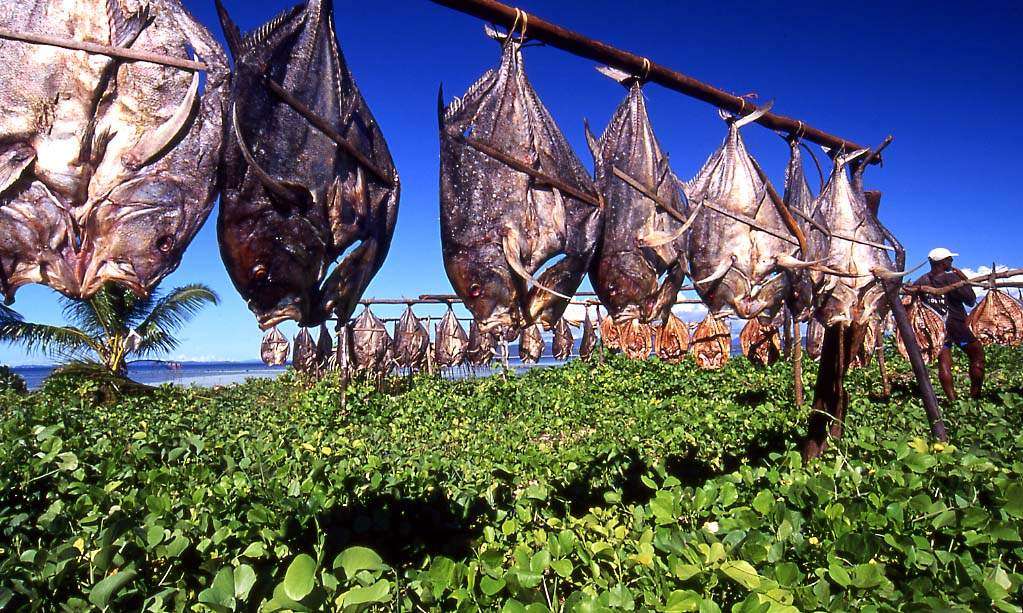Traditional and modern methods of conserving food vary from community to community. The living and surrounding conditions may also affect this. There are areas that are too hot while others are too cold hence differing ways of food conservation.
Traditional Methods of Food preservation.
Drying

This involves keeping food out in the open sun to let them dry without moisture retaining. However, this method is mostly good to use on fruits and vegetables. This is because they rarely go bad when their leaves and seeds are dry.
Salting
This involves sprinkling some salt into food so as to prevent bacteria from thriving in food with moisture. So, the method is good for cooked cereals and meat.
Use of Ash
Ashing refers to the process of adding ash which is alkaline. Alkaline is a neutralizing component that ensures that food remains at its original taste and form hindering bacteria from multiplying.
Smoking
This refers to the process of passing food through the smoke. Therefore, the method is best when one uses it for meat conservation. This method ensures that bacteria cannot thrive in such an alkaline atmosphere.
Modern Method of food preservation.
Refrigeration and freezing.
So, refrigeration is the most common way of preserving food. This involves using a refrigerator to conserve food either for a short or a long period. High temperatures provide a conducive environment for the breeding of bacteria organisms. Therefore, lowering the temperatures through refrigeration minimizes bacteria growth.
Canning
Canning involves the use of cans that are well sealed to store food for later use. This is mostly used in storing cereals and fruits.
- Megan Suri Bio, Wiki, Never Have I Ever season 3, Age, Education, Height, Family, Husband, Children, and Career
- Harry Belafonte bio-age, wife, children, edu, career, net worth.
- Antonio Banderas nationality, age, wife, children, heart attack.
- Carmelo Anthony bio, Age, wife, family, career, net worth.
- Prof. Njuguna Ndung’u bio-age, wife, and education.
- Jessica Lebel Bio, Age, Edu, Children, Husband, Net Worth, Career
- Tucker Carlson bio-age, family, wife, children, career.
Pasteurization
Pasteurization involves the process of heating up to a specific temperature to kill bacteria and pathogens present in the raw material. It is most common in milk and juices.
Pros of Food preservation.
- Saves time in buying items often.
- Saves costs as most items are bought in bulk.
- It is a healthy way of fighting bacteria present in food.
- Saves on food wastage.
Cons of Food Preservation.
- Some conservation methods are time-consuming for example drying and smoking.
- Power outages may lead to the loss of food stored in refrigerators.
- Some people are allergic to processed foods or preserved food for long periods of time.
- Some unhygienic methods of food handling may result in food poisoning.
- What is the history of Kenyatta University?
- List of Best private secondary schools in Nairobi County.
- Public Universities in Kenya
- How is The Lenana Boy school and location?
- The best private primary schools in Nyeri county.
- A list of special secondary schools, and contacts.
- Egerton university, fees, location, courses.